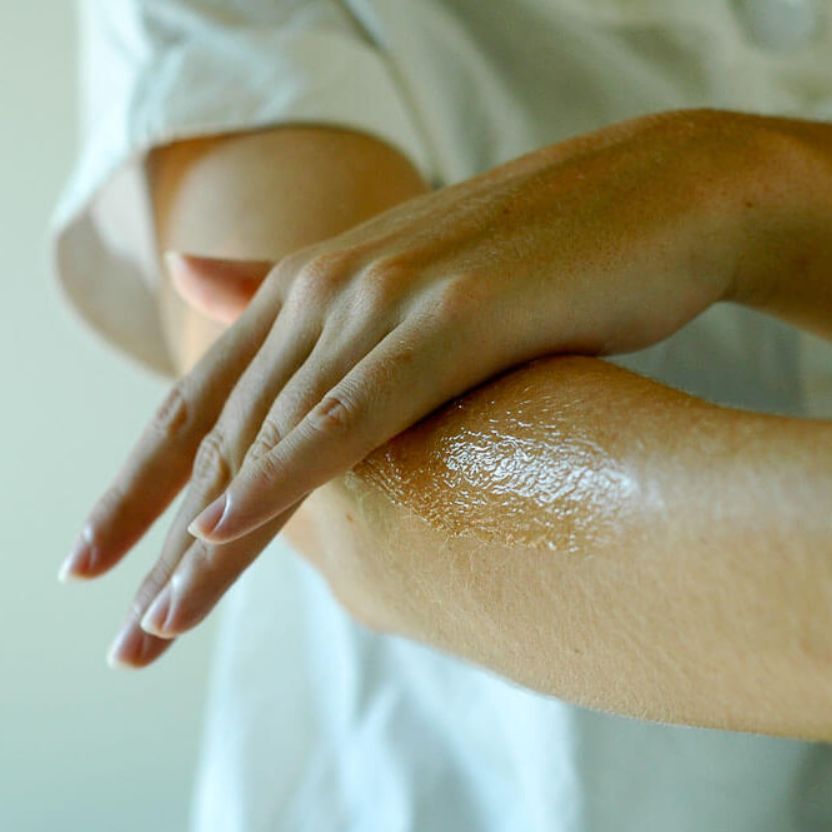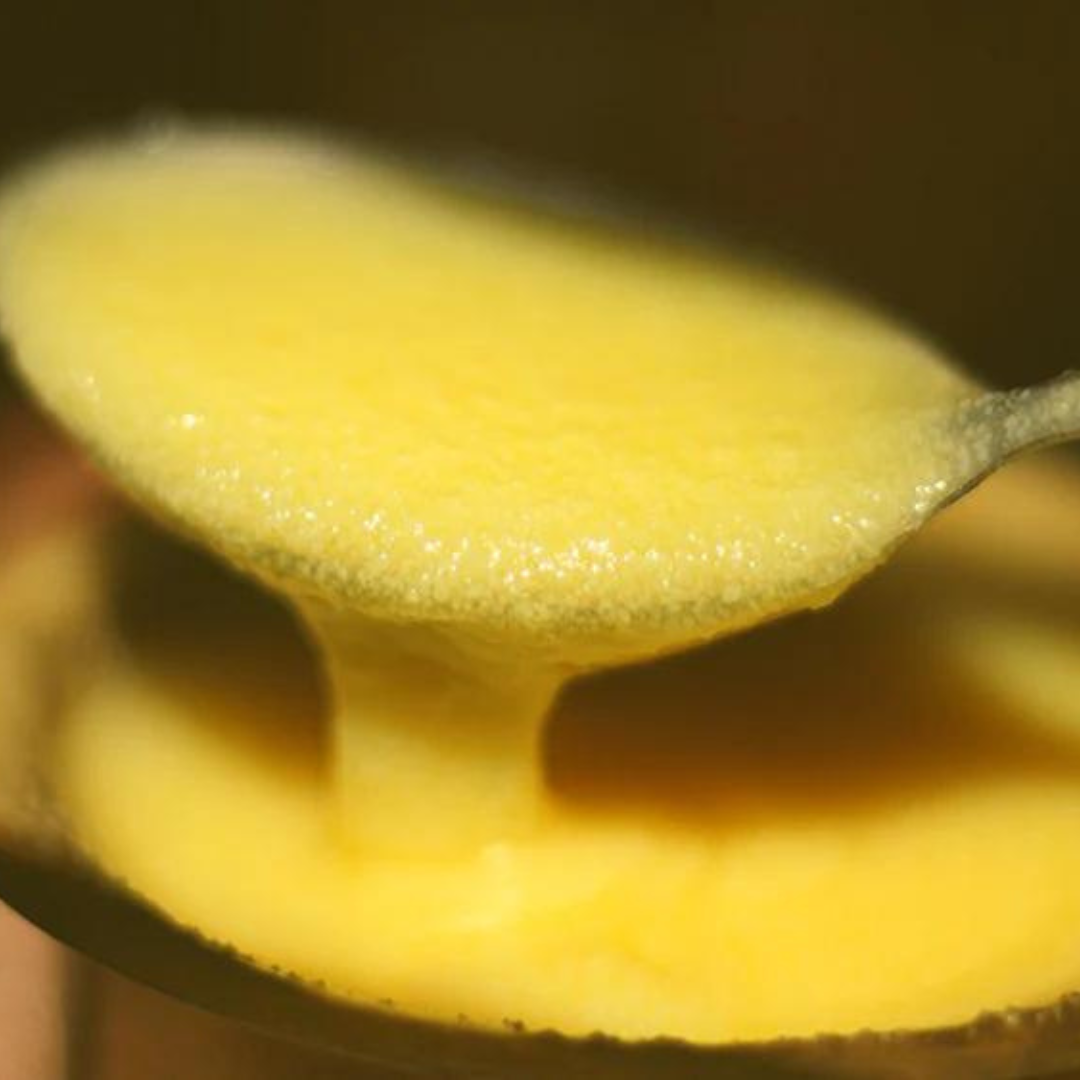It is believed that there are more than 40,000 varieties of rice available in the whole world, yet our knowledge of these cereal crops is limited to only a few of the widely popular ones. Thanks to the fact that rice has been the staple food of more than half of the world's population.
While we are all familiar with our good old friend, white rice, there are other better alternatives to it, like the one we will discuss today – red rice. Although the name might make you think twice before buying it, don’t worry; there's no need to be sceptical because red rice has several benefits. Continue reading to find out more about this healthy crop.
Different Types of Red Rice
This rice variety is long and grainy that gets its hint of red colour from antioxidants and flavonoids like anthocyanin apigenin, myricetin, and quercetin. Also known as the Navara rice, this unique rice variety is cultivated widely in Palakkad, Kerala, India. Available abundantly in hulled form, red rice also comes in semi-hulled and unhulled formats as well. Red rice has high nutritional value and contains a nice nutty flavour, making it taste delicious.
There are several different types of red rice, but the following ones are used commonly worldwide:
- Bhutanese Red Rice
- West African Rice
- Thai Red Cargo Rice
- Kerala Matta Rice
- Konkan Red Rice
Enjoy the several health benefits of red rice with organically harvested red rice at Two Brothers Organic Farms. We have two varieties of Konkan red rice, including:
- TBOF Unpolished Konkan Red Rice: Drenched in rich nutrients and sourced from the tribals in the Sahyadri mountains of the Konkan region, our Unpolished Konkan Red Rice is wholegrain rice with cereal germ, bran layer, and hull intact. Completely free from additives and natural, it's neither refined nor polished.

- TBOF Konkan Red Parboiled Rice: Steamed, soaked, shade-dried indoors, and sun-dried, our popular Konkan Red Parboiled Rice is semi-polished with no added preservatives, additives, fillers, or binders. The parboiling process is done inside the husk, and then it is milled.

Red Rice Nutrition
Served in Indian households and labelled healthy, red rice contains high nutritional benefits and fits into every Indian culture food. Let's look at the calories and nutritional values of a 100-g serving size of this healthy grain:
|
Nutritional Value |
Amount |
Daily Value (%) |
|
Calories |
405 Kcal |
- |
|
Total Fat |
4.9 g |
14% |
|
Sodium |
6 mg |
0.40% |
|
Potassium |
256 mg |
5.45% |
|
Protein |
7 g |
14% |
|
Carbohydrates |
86.7 g |
13.55% |
|
Iron |
5.5 mg |
68.75% |
|
Zinc |
3.3 mg |
30% |
|
Total Dietary Fibre |
2.7 g |
7.11% |
Note: This daily value is based on a 2,000-calorie intake diet. The figures of daily value will fluctuate depending on your total calorie intake.
What Are The Benefits of Red Rice
The constant rise in reminding yourself to stay healthy and become more conscious of your diet choices has spiked an all-time high in recent years, organic red rice has found a spot on everyone's kitchen shelves. Below are some benefits of red rice:
-
Might Lower Blood Glucose
The heightened blood glucose levels in a diabetic patient can harm their kidneys and eyes and even be the leading reason behind developing coronary heart disease. A major red rice benefit for diabetes is that its low glycaemic index can control your sugar levels, making it a great choice for people with diabetes.
-
May Help in Fighting Lung Diseases
The one thing that the COVID-19 pandemic has made us realise is the importance of taking care of our respiratory system. And with the constant danger of contagious infections like pneumonia and asthma surrounding us, it has become critical to take care of our lungs more than ever.
One of the main health benefits of red rice is that it is known to contain enough magnesium content to assist in preventing a severe asthma attack. Magnesium is known to regulate your breathing patterns and help stop the onset of an asthma attack by calming airway inflammation, relaxing your airways, and blocking the release of muscle spasms-causing chemicals.
-
Assists in Weight Loss
While the traditional notion is to avoid rice intake to lose weight, it's limited to polished white rice with no significant health benefits. Red rice's low fat and carb contents make it an ideal meal to include for feeling satiated for longer durations.
-
Aids Digestion
Red rice benefits also include aiding your digestion process. The presence of insoluble and soluble fibre ensures better absorption of nutrients in your body and assists in improving your bowel movements. Moreover, if you cook red rice well enough, it can help in treating constipation and diarrhoea.
-
Makes You Glow from Within
While many of you might know the positive impact of red rice on your health, most of you won't be aware of the benefits of red rice for your skin. According to a study published in PubMed, anthocyanins are evidence of relieving age-related diseases and help delay the inevitable aging process. Red rice contains plenty of anthocyanins to assist in extending the lifespan of your skin, preventing age-related diseases, and giving you a healthy glow from within.
-
Maintains Heart Health
Since red rice is a whole grain, it helps reduce bad cholesterol and keep your cardiovascular health in check. This is one of the leading health benefits of red rice and can motivate you to make the switch from white rice to red rice.
-
Improves Bone Health
The high magnesium and calcium content in red rice makes it a good contender for helping in improving your bone health. It also helps in preventing the onset of bone-related diseases like Osteoporosis.
How to Cook Red Rice
Cooking red rice might be time-consuming since it has a long, thick, and grainy texture. But it has several health benefits, so you might not want to miss out on adding these grains to your diet. Compared to white rice, the outer bran of red rice is thicker and hence takes more time to prepare. Moreover, cooking it can also take away a majority of the high red pigment from the rice, but regardless there's no difference in its nutrition or health benefits of red rice.
Since this rice is native to Kerala, the most common way to prepare it is by adding it to your idli or dosa batter. Plus, the nutty taste and aroma of the rice sit well with lamb curries or other meat curries; even vegetable stew tastes good with this rice.
Apart from these classic red rice dishes, here are some other ways to cook it:
-
In a saucepan:
You can also cook red rice in a saucepan by washing it and soaking it for half an hour beforehand.
- Add three glasses of water for one cup of red rice and boil it
- Keep stirring and fluffing it in every five minutes to avoid letting them stick to each other
- Let it sit for 30 to 40 minutes until it thoroughly cooks
-
In a pressure cooker:
If you don't want to use a saucepan and stand there to keep stirring it to prepare these delicious and healthy grains and are wondering how to cook red rice differently, here's another way to cook it:
- Wash the rice and then soak them in water for at least 20 minutes
- For every two cups of red rice, add two cups of water and add it in the pressure cooker
- Keep the pressure cooker on a medium flame and wait for six whistles to switch it off
- Let the steam release from within, then open the lid and fluff the red rice
What Are The Side Effects of Red Rice
While there's a long list of the benefits of red rice, everything has a second side that can be ugly. Some side effects of red rice can come between your goal of healthy living, including:
-
Allergic Reaction
There may not be an intense allergic reaction to red rice, but some people experience swelling, rashes, itching, and redness on the throat, tongue, and face. If you experience any of this, please seek immediate medical attention.
-
Indigestion
Another major side effect of red rice is indigestion due to excessive consumption. Yes, consuming red rice is beneficial for your health, but overconsumption, like going above your portion and calorie requirement, can cause gastrointestinal problems like bloating, stomach discomfort, stomach pain, or gas. While these problems can go away after doing some physical activities or drinking enough water, eating red rice within your daily intake is better.
-
Dizziness
The presence of high sugar in your food can make you feel full for longer, allowing you to skip some meals and overlooking your nutritional needs. Red rice can make you feel full for longer if taken in larger portions, making you ditch some meals in between and drain your energy. Try to limit your red rice intake and avoid experiencing this side effect of red rice by talking to your dietician.
Red Rice vs Brown Rice
We are all familiar with brown rice being the healthier alternative to white rice. But fewer people know about red rice giving tough competition to brown rice in this department! So, which one to choose – red rice or brown rice?
Both rice types have key parts, the cereal microbe and bran layer, making them rich in potassium, vitamin, magnesium, calcium, and fibre. Further, both rice varieties might help your weight loss journey and prevent bad cholesterol from impacting your health. But here are some valid argument points that can help red rice gain some bonus scores related to health:
List below are some of the properties of the Red Rice as follows:
-
Has antioxidant properties:
The main differentiating factor between red rice and brown rice is that the former has higher antioxidant properties, almost 10 times higher, giving it higher nutrient levels than its counterpart.
-
Has high selenium:
Some observational studies have shown that selenium intake has decreased the risk of coronary heart disease. But nothing is concretely conclusive.
-
Has more manganese:
The presence of high manganese in red rice is known to play a vital part in forming bone fragments and fibrous tissues, making it a better choice between red rice and brown rice.
Yes, choosing between red rice and brown rice can be tough since both are better alternatives to white rice. These rice varieties can keep you satiated longer, aiding in weight loss. But choosing either of them depends on how your body reacts to them. And to know how your body reacts will only happen when you try it!
If you're looking for organic red rice that's 100% natural and void of any preservatives and additives, explore our two red rice varieties: Unpolished Konkan Red Rice and Konkan Red Parboiled Rice.










